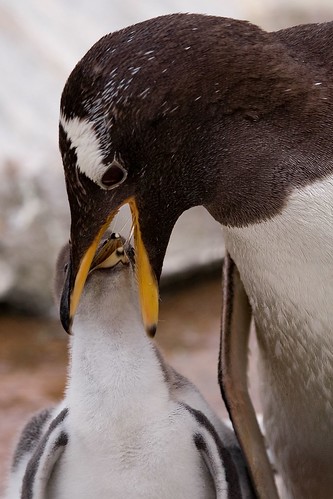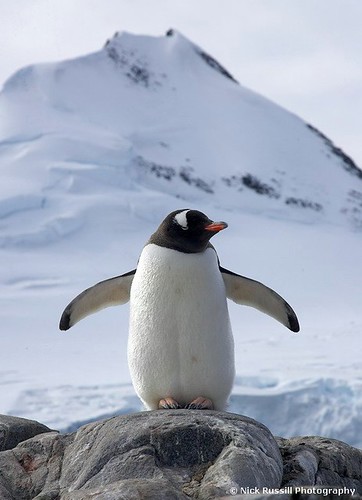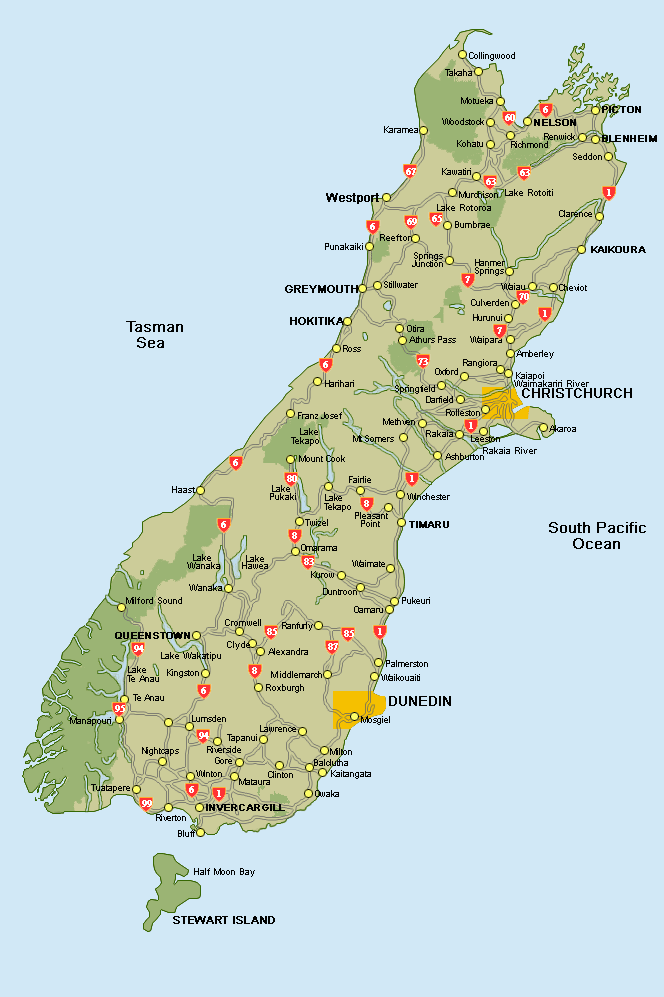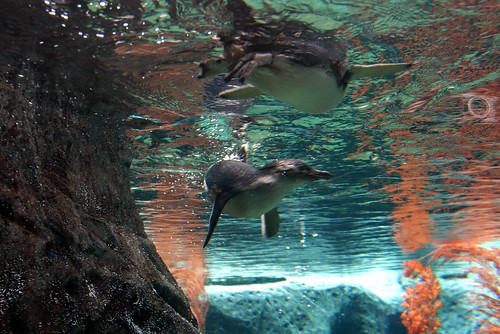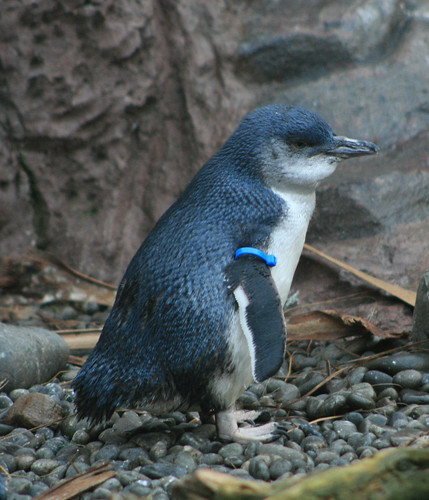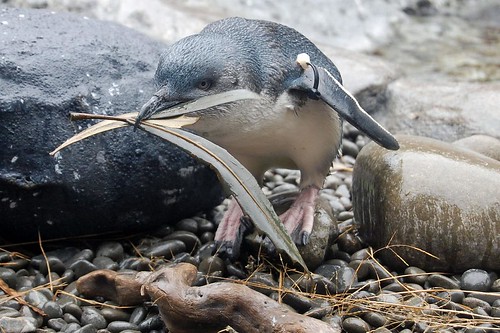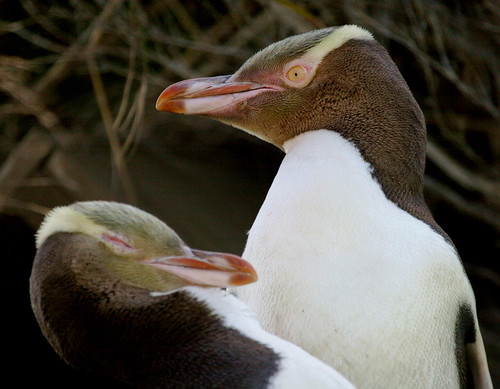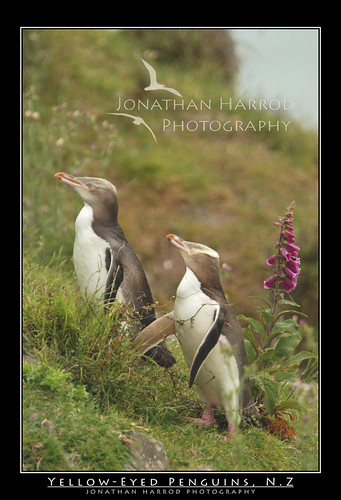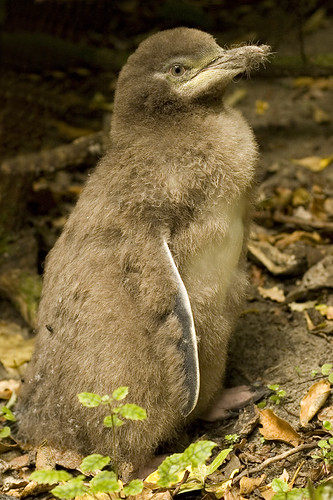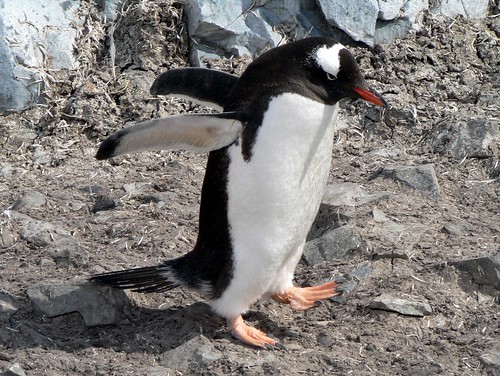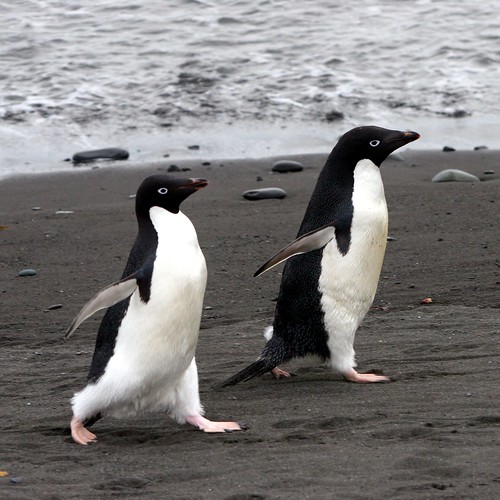 Penguins are walking an increasingly rocky road
Penguins are walking an increasingly rocky road16-01-2009
A new study, published in BirdLife International’s journal, Bird Conservation International, has revealed that the Northern Rockhopper Penguin Eudyptes moseleyi – which is principally found on UK territories in the South Atlantic – has declined by 90% over the last 50 years [1].
Historical records estimate that millions of penguins used to occur on Tristan da Cunha and Gough Island, but, declines (of more than 90%) have dramatically reduced their numbers in the last half century.
"Historically, we know that penguins were exploited by people, and that wild dogs and pigs probably had an impact on their numbers. However, these factors cannot explain the staggering declines since the 1950s, when we have lost upwards of a million birds from Gough and Tristan. The declines at Gough since the 1950s are equivalent to losing 100 birds every day for the last 50 years", said Richard Cuthbert of the RSPB (BirdLife in the UK) and lead author of the paper. "With more than half the world’s penguins facing varying degrees of extinction, it is imperative that we establish the exact reason why the Northern Rockhopper Penguin is sliding towards oblivion. Understanding what’s driving the decline of this bird will help us understand more about other threatened species in the Southern Ocean."
Possible factors for the decline of the Northern Rockhopper Penguin include climate change, shifts in marine ecosystems and overfishing.
"We are meant to be world leaders in biodiversity conservation and we can't even decide who is responsible for the overseas territories" —Sarah Sanders, RSPB’s Overseas Territories Officer
There is concern that the British Government will not put any great effort or resources into wildlife conservation for the United Kingdom’s overseas territories. Meetings held so far between ministers from the Foreign and Commonwealth Office, the Department for Environment, Food and Rural Affairs, and the Department for International Development have failed to reach agreement.
"They are completely disinterested," said Sarah Sanders, the RSPB’s Overseas Territories Officer, said. "It's ridiculous and embarrassing. We are meant to be world leaders in biodiversity conservation and we can't even decide who is responsible for the overseas territories."
The Northern Rockhopper Penguin population on Gough is estimated at 32,000 to 65,000 pairs, with another 40,000 to 50,000 pairs on Tristan. These two strongholds account for more than 80% of the world population, the rest are found on two French-administered islands, St Paul and Amsterdam in the Indian Ocean, and are declining just as rapidly.
British overseas territories boast several species of bird found nowhere else in the world including four species classified as Critically Endangered, the highest threat category.
Tackling the interlinked threats of habitat degradation, invasive species and climate change in UK Overseas Territories is one of 10 Key Actions to prevent future avian extinctions that BirdLife has highlighted in a new publication, Critically Endangered Birds: a global audit
Bird Conservation International is the official journal of BirdLife International. It provides stimulating, up-to-date coverage of bird conservation topics important in today's world. For more information: BirdLife: Bird Conservation International.
[1] Population trends and conservation status of the Northern Rockhopper Penguin Eudyptes moseleyi at Tristan da Cunha and Gough Island. R. CUTHBERT, J. COOPER, M. BURLE, C.J. GLASS, J.P. GLASS, S. GLASS, T. GLASS, G.M. HILTON, E.S. SOMMER, R.M. WANLESS and P.G. RYAN. Bird Conservation International 2009, 19: 1-12
Credits: RSPB
~~~~~~~~~~~~~~~~~~~~~~~~~~~~~~~~~~~~~~~~~~~~~~~~~~~~~~~~~~~~~~~~
2008 IUCN Red List Category (as evaluated by BirdLife International - the official Red List Authority for birds for IUCN): EndangeredJustification This newly split species has been classified as Endangered owing to very rapid population decreases over the last three generations (30 years) throughout its range. Precise reasons for the decline are poorly known, but changes in sea temperature, competition and incidental capture in fisheries and introduced predators are all likely to be implicated.
Family/Sub-family Spheniscidae
Species name author Mathews & Iredale, 1921
Taxonomic source(s) Banks et al. (2006)
Taxonomic note Eudyptes chrysocome (Sibley and Monroe 1990, 1993) has been split into E. chrysocome and E. moseleyi following Jouventin et al. (2006) on the basis of clear morphological, vocal and genetic terms, and this treatment has been accepted here following a review by the BirdLife Taxonomic Working Group. However, although E. filholi has been proposed as a split from E. chrysocome by Banks et al. (2006), both the sample sizes and the degree of morphological difference are small and this view is not accepted here.
Population estimate
Population trend
Range estimate (breeding/resident)
Country endemic?
100,000-499,999
decreasing
5,000,000 km2
No
Range & population Eudyptes moseleyi has recently been split from Eudyptes chrysocome. It breeds on Gough Island and islands in Tristan da Cunha (St Helena to UK), and Amsterdam and St Paul Islands (French Southern Territories). The large population at Gough Island appears to have been stable between 1982 and 20008, although it suffered large declines prior to the 1980s. The majority of the population is in the Atlantic Ocean (c. 80%)12. Early records indicate that millions of penguins used to occur on both Tristan da Cunha and Gough Island12. The most recent population estimates indicate declines in excess of 96% for Gough and 98% for the main island of Tristan that have occurred over at least 45 and 130 years, respectively12. Numbers breeding at Inaccessible Island (Tristan de Cunha) also may have declined, albeit modestly, whereas numbers on Tristan appear stable over the last few decades12. Current population estimates are 32,000-65,000 breeding pairs at Gough, 18-27,000 at Inaccessible and 3,200-4,500 at Tristan12. Trends for Nightingale and Middle Islands (both Tristan de Cunha) are poorly known12. They were estimated to support 125,000 pairs in the 1970s, but recent observations suggest that the main colony on Nightingale has decreased in size12. Overall, declines at Gough, Tristan and Inaccessible indicate an annual decline rate of 2.7% and a three-generation decline of 56%12. In the Indian Ocean, the Amsterdam Island population decreased by 57% between 1971 and 1993 to 25,000 pairs, whereas on St Paul Island they increased to 9,000 pairs over the same period, following cessation of exploitation as crayfish bait11. Population trends during the last 10 years in the Indian Ocean are unknown.

Ecology: It breeds in colonies, from sea-level to cliff-tops, and sometimes inland. It feeds on krill and other crustaceans, squid, octopus and fish7.
Threats Past human exploitation and the impact of introduced predators are likely to be responsible for past declines, but these factors cannot explain the sharp decreases since the 1950s 12. Food supplies may be affected by squid fisheries, climate change and shifts in marine food webs1,3,9. Increasing disturbance and pollution results from ecotourism and fishing2. Driftnet fishing and rock-lobster fisheries (which previously used birds for bait) has caused significant mortality5,6. On Nightingale, egging continues, perhaps causing decreases4,6. On some islands, introduced predators may affect breeding success5, and predation and competition for space with Subantarctic Fur Seals Arctocephalus tropicalis may cause declines locally.
Conservation measures underway Regular monitoring is, or will be, undertaken on Tristan da Cunha, Gough, Amsterdam and St Paul Islands8,10. Several ecological and demographic studies have been undertaken2,3. Many islands with breeding colonies are reserves.
Conservation measures proposed Continue or start to monitor all populations to asses trends. Conduct studies to assist in interpreting population changes and assessing interactions with commercial fisheries5. Investigate the impact of the introduced house mouse Mus musculus on chick survival on Gough. Eradicate introduced predators where possible5. Investigate impact of egg harvest on Nightingale10.
References 1. Cunningham and Moors (1994). 2. Ellis et al. (1998). 3. Guinard et al. (1998). 4. Richardson (1984). 5. Ryan and Cooper (1991). 6. P. G. Ryan in litt. (1999). 7. Williams, T. D. (1995). 8. Cuthbert and Sommer (in press). 9. Hilton et al. (in prep.). 10. Cuthbert and Sommer (2004). 11. Jouventin et al. (2006). 12. R. Cuthbert in litt. (2007).
Text account compilers Phil Benstead (BirdLife International), Jonathan Ekstrom (BirdLife International), Simon Mahood (BirdLife International), Rachel McClellan (BirdLife International), Sue Shutes (BirdLife International), Alison Stattersfield (BirdLife International)
Contributors Richard Cuthbert (Royal Society for the Protection of Birds), Geoff Hilton (Royal Society for the Protection of Birds)
IUCN Red List evaluators Stuart Butchart (BirdLife International), Simon Mahood (BirdLife International)
Recommended citation BirdLife International (2008) Species factsheet: Eudyptes moseleyi. Downloaded from http://www.birdlife.org on 18/1/2009
This information is based upon, and updates, the information published in BirdLife International (2000) Threatened birds of the world. Barcelona and Cambridge, UK: Lynx Edicions and BirdLife International, and BirdLife International (2004) Threatened birds of the world 2004 CD-ROM. These sources provide the information for species accounts for the birds on the IUCN Red List.
To provide new information to update this factsheet or to correct any errors, please email BirdLife
To contribute to discussions on the evaluation of the IUCN Red List status of Globally Threatened Birds, please visit BirdLife's Globally Threatened Bird Forums
News and information courtesy of Birdlife International @
http://www.birdlife.org/news/news/2009/01/rockhopper_decline.html
http://www.birdlife.org/datazone/species/index.html?action=SpcHTMDetails.asp&sid=32304&m=0








